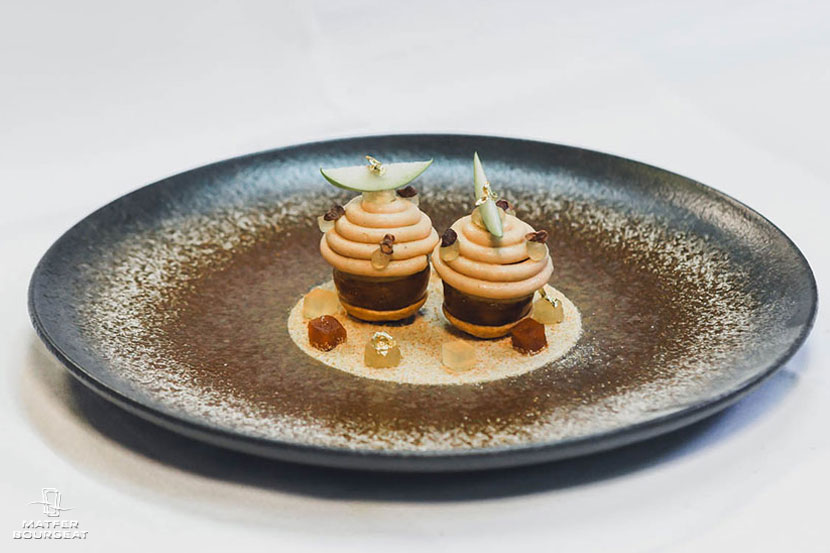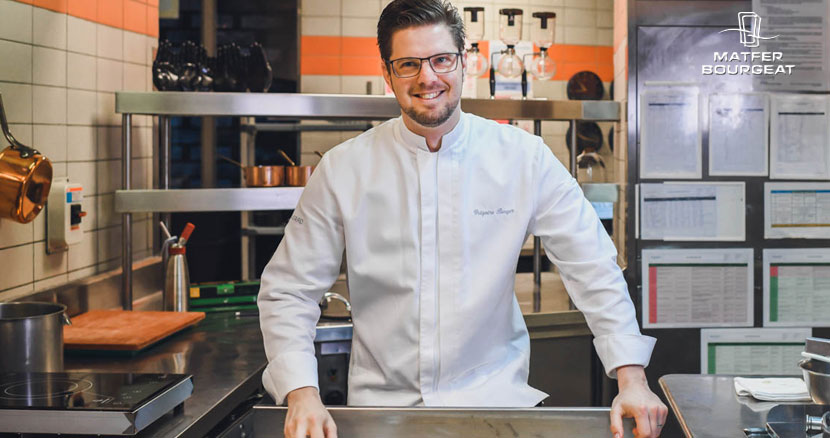Grégoire Berger a fish in water at Ossiano – Dubai
You began your training and career as chef in your region – Brittany?
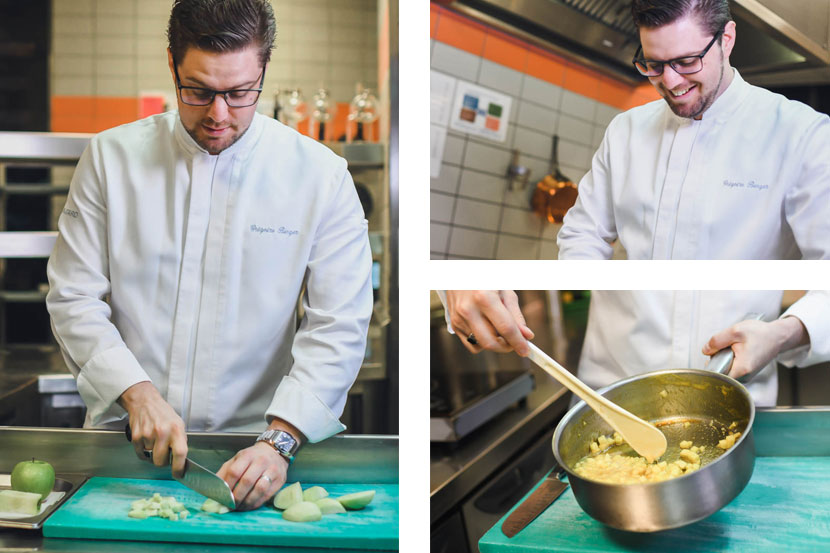
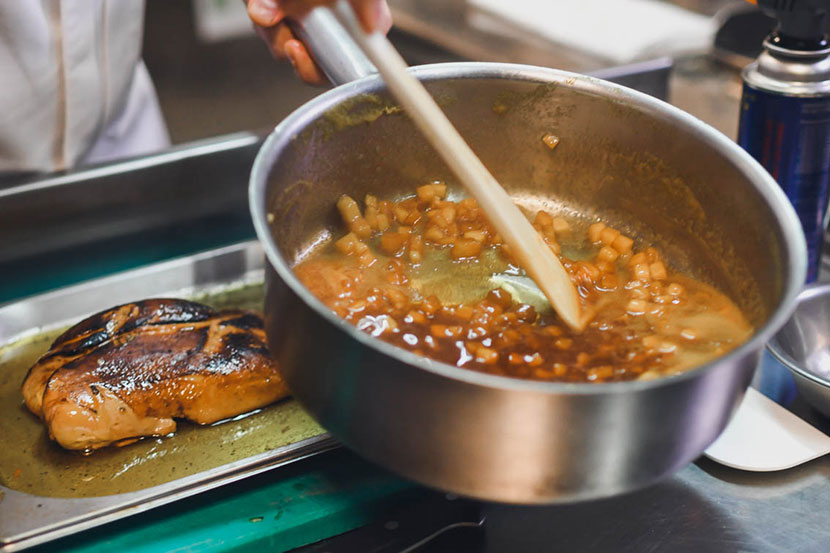
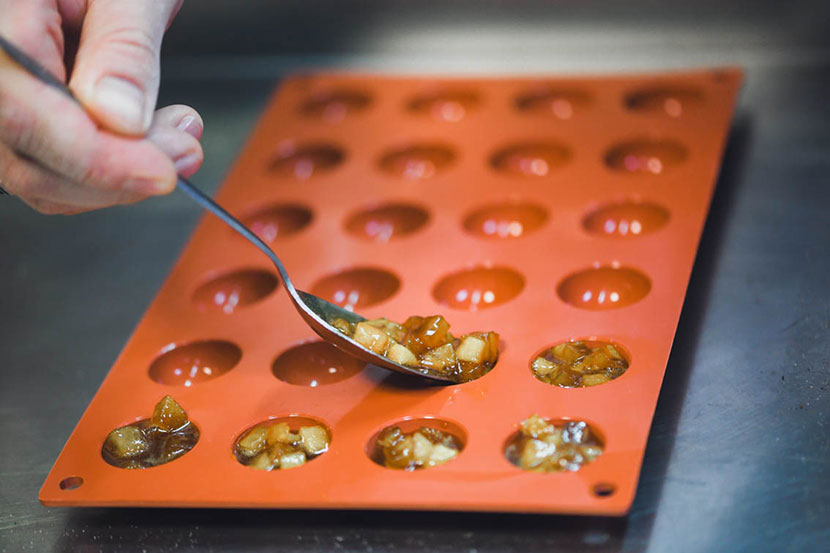
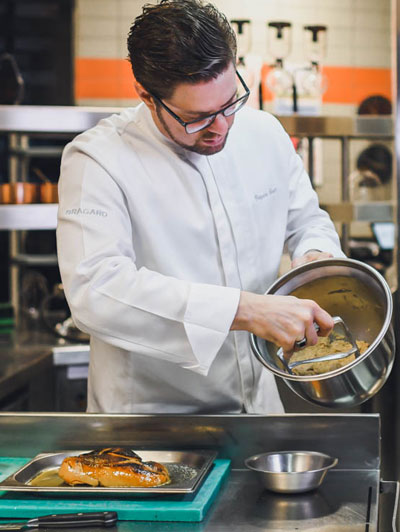
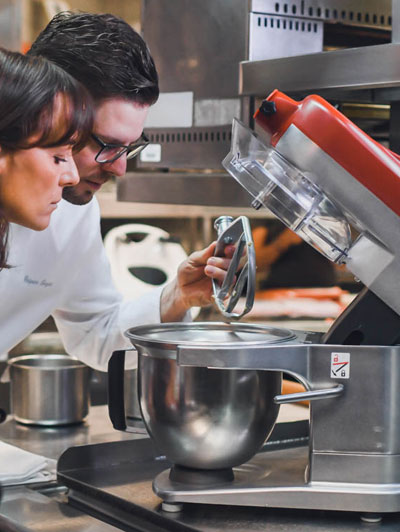
Which countries did you work in?
I started in Andorra, and then quickly moved on to the United States when I was 20 after being chef de parti for Paul Bocuse at the Bistro de Paris. I met other people, other philosophies, other cuisine and other products… and then I leant English. It was probably one of my best experiences! I also lived in Morocco for a while and opened a restaurant there.
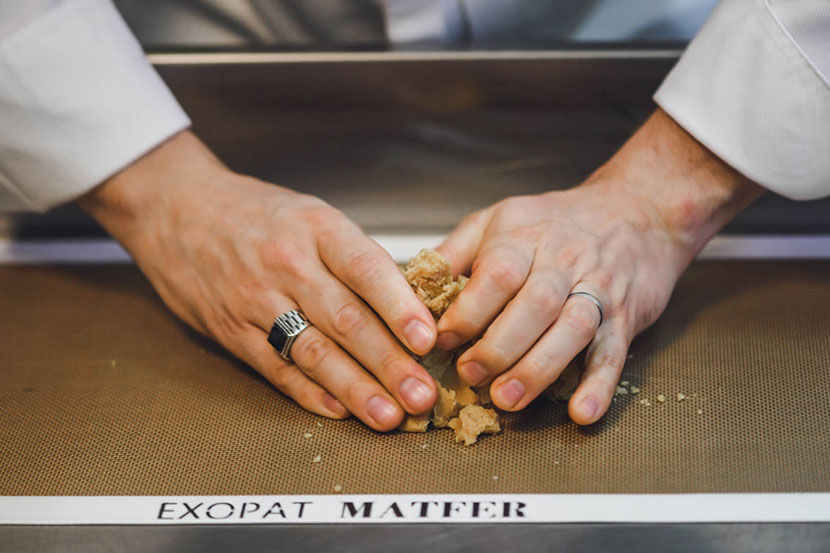
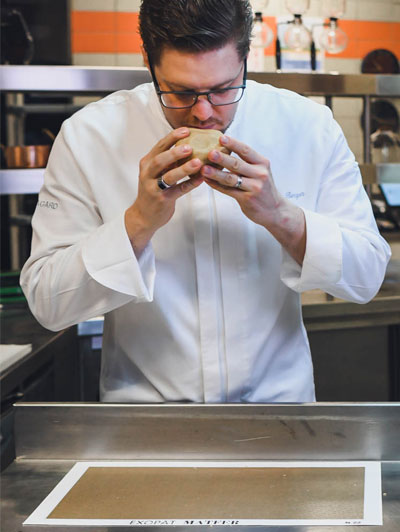
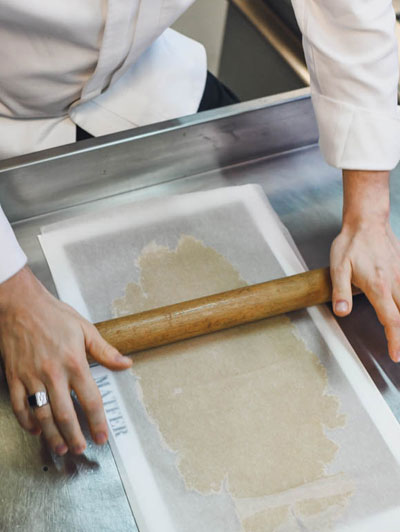
Traveling opened the world to me, and not to remain fixed on my achievements. I then returned to Paris as Frédéric Robert’s sous-chef at the Grande Cascade. Following that I decided to work as a private chef for Suez Environnement at La Défense where I was in charge of the most prestigious delegations. For a year and a half, I really improved; I had to change the menu every day. And then, with my wife, we wanted to move on and an opportunity presented itself in Dubai.
Why Dubai?
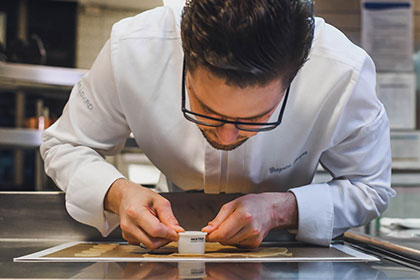
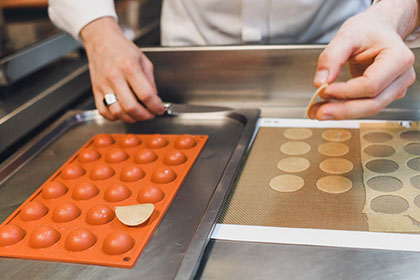
What was it like when you arrived here?
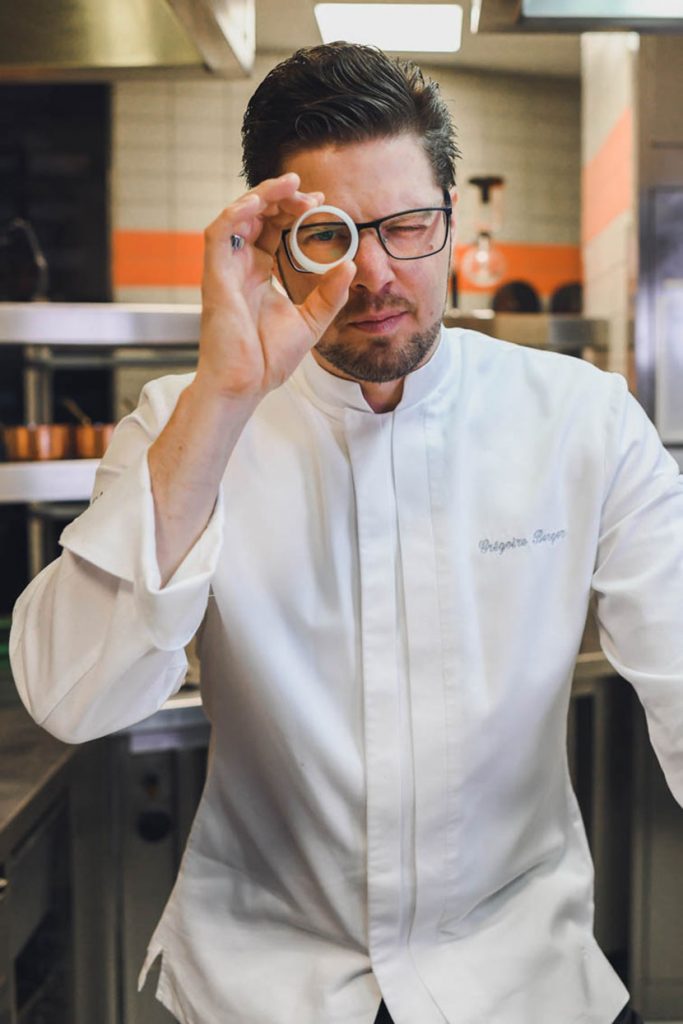
What are customers asking for in the UAE?
Taste! The traditional gastronomic restaurant does not really work here. So, you must look for flavors with an impact, and that is the way that I directed my cuisine. Client expectations in Dubai are very diverse; we receive around 70 different nationalities each month! To please all tastes, I add spices, a “kick” to awake and excite the client’s palate.
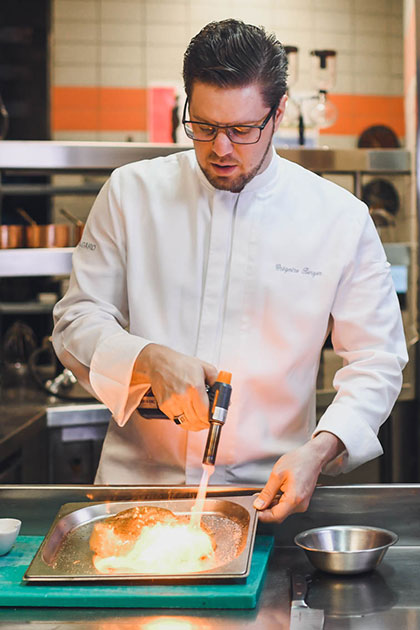
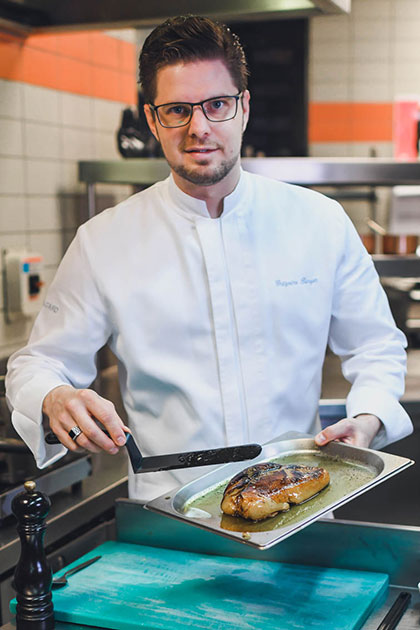
It is important that each person, no matter where they come from can find an emotion, obtain an impact when eating. I try to register my dishes in their memory.
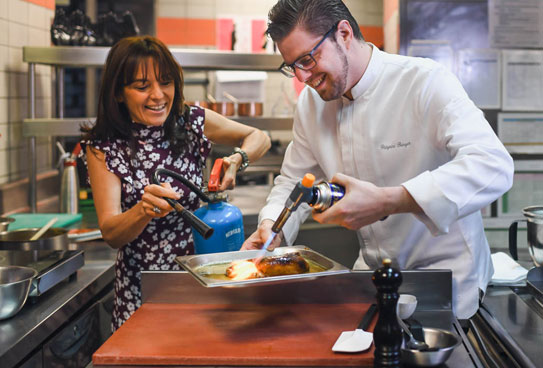
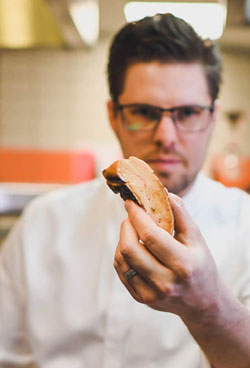
How did you transpose the Breton culinary identity to Dubai? With what products?
I try to bring my region here with products like churned butter. I also work a lot with surf and turf, very typical in Brittany. But, my flagship product is buckwheat. Surprisingly, the buckwheat is not from Brittany but from Russia. It is very good from there, as it also is from Japan. The effect remains the same. This ingredient is a little memento from my Brittany.
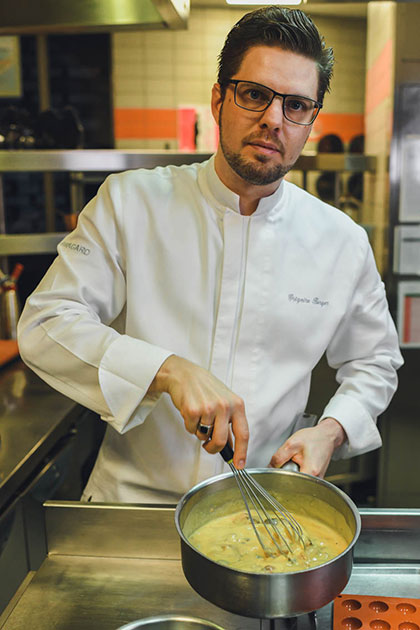
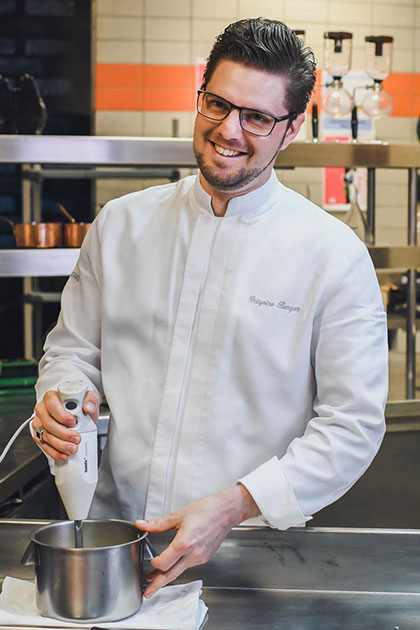
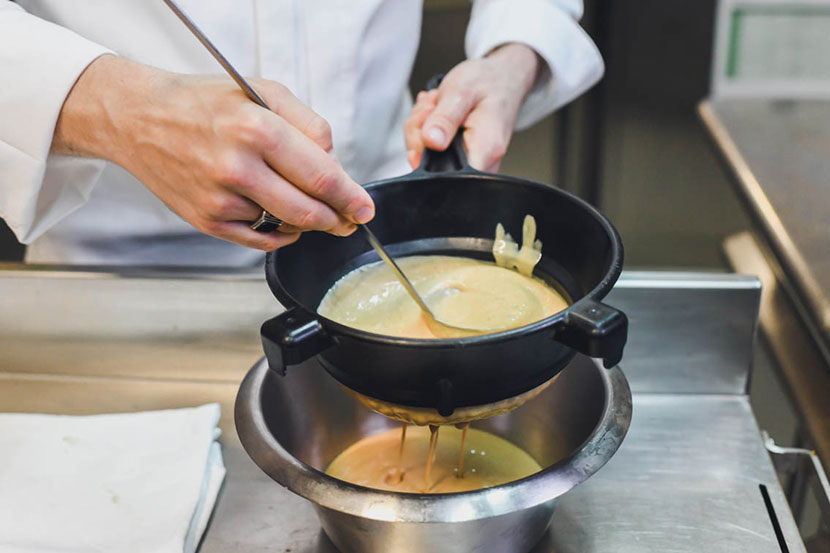
Are there any local products that you can work with?
For my restaurant, very little … As an example, fish coming from very warm waters have a pretty flaky flesh, and not an extraordinary taste. There are therefore many products imported from all over the world. Yet, among the local products I use, there are dates, some lemons, or camel’s milk to make ice-cream.
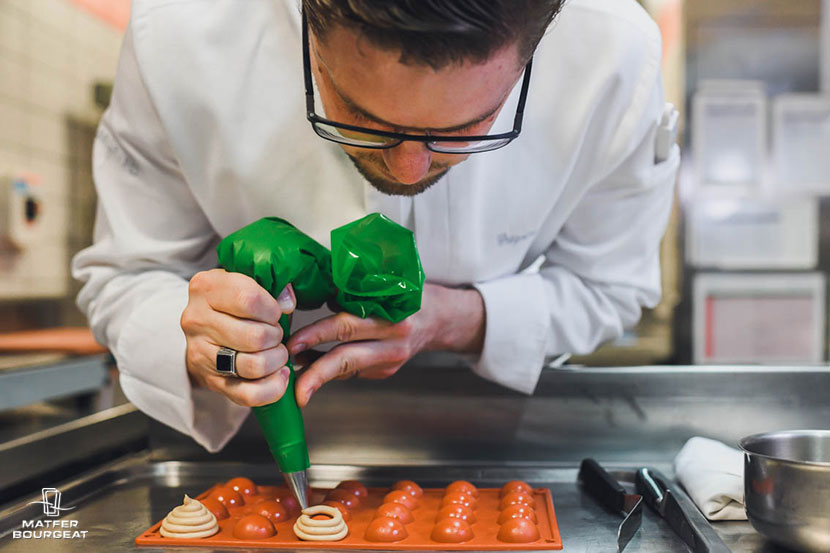
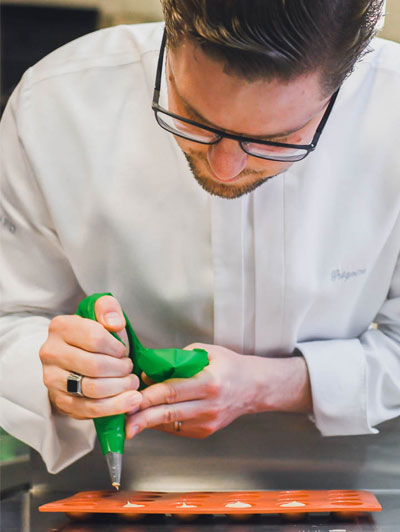
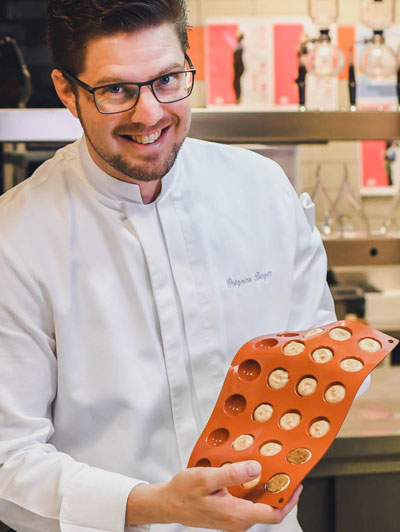
Do you find it frustrating as a chef not to be able to cook “locavore”?
It is frustrating, of course. In terms of ecological impact, you cannot deny that it is disturbing. Even if all our products respect the environment, sustainable agriculture, unfortunately we have to bring things in from outside and that is a negative point. However, the positive side is that we benefit from seasons from all around the world: the black truffle from Australia and the Perigord black truffle according to their seasons. We also use products from all countries: Japan, Holland … We manage to do a real world cuisine.
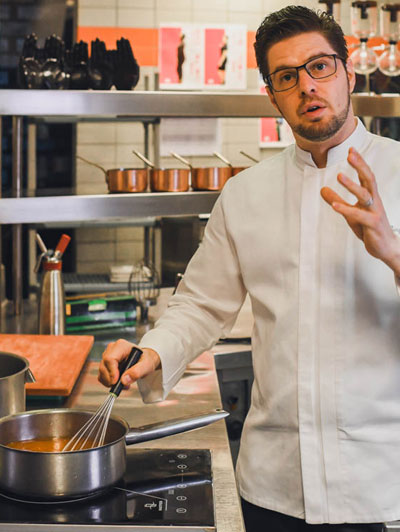
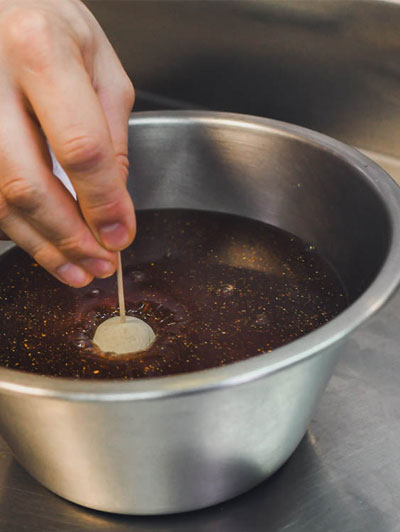
Being a French chef abroad has what impact on the clientele?
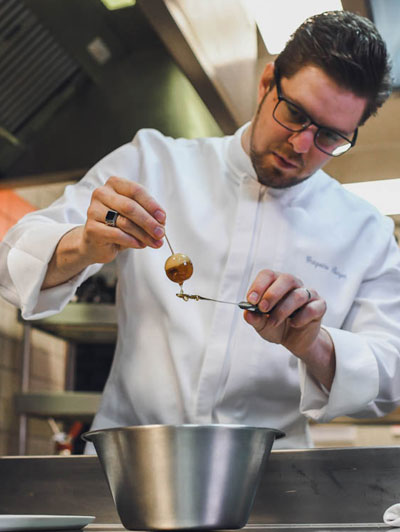
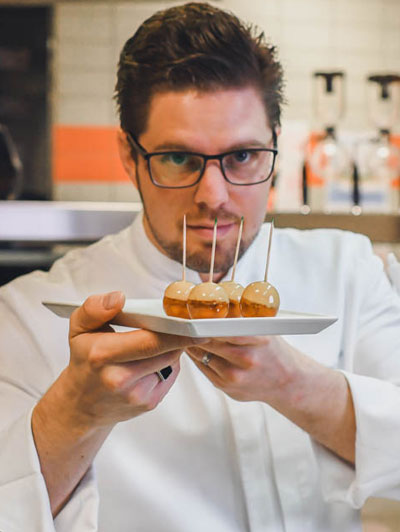
How do you maintain this excellence?
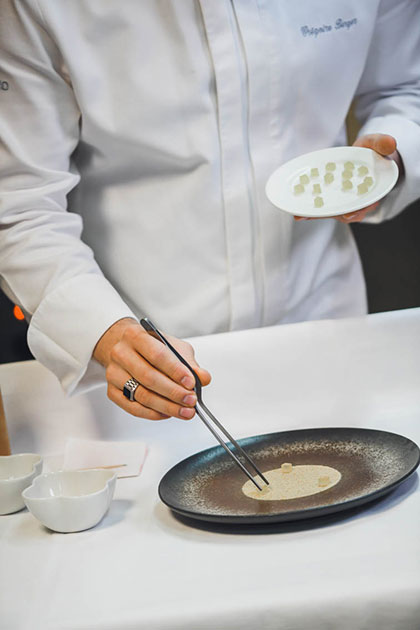
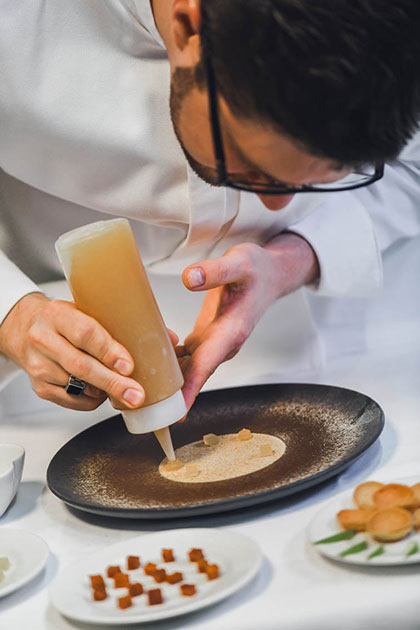
Who are the French chefs who inspire you?
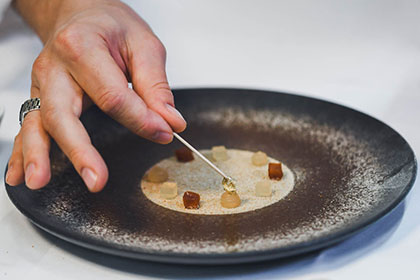
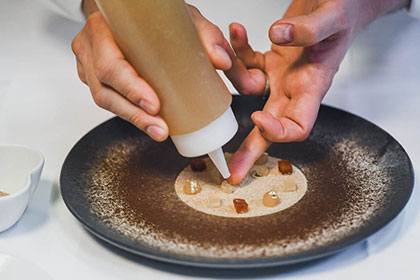
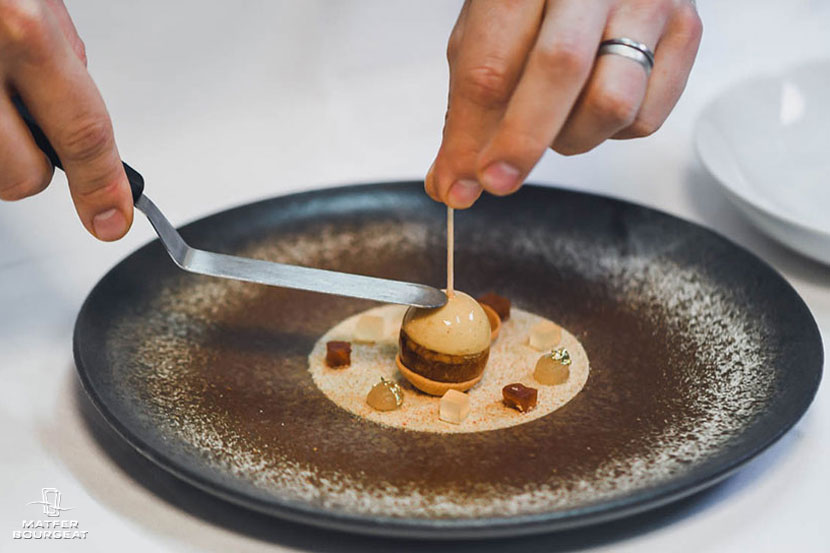
Would you feel as free in France?
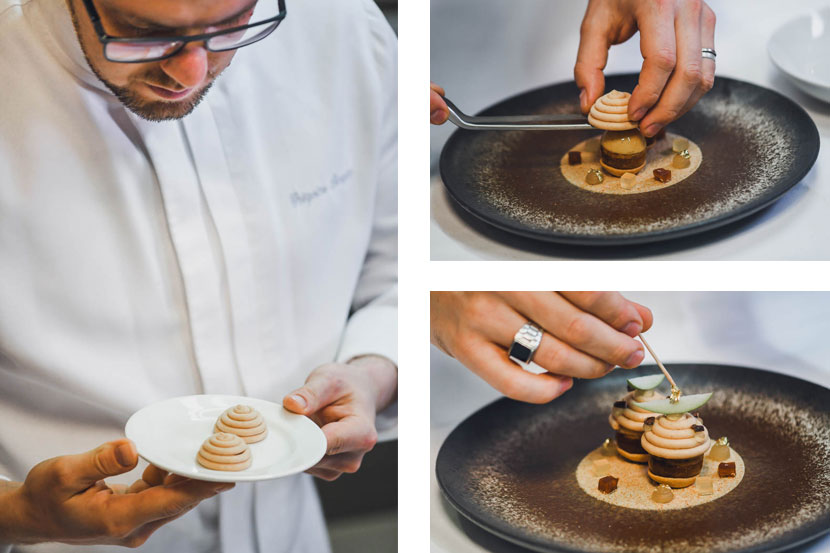
Do you remember the first time you met Matfer?
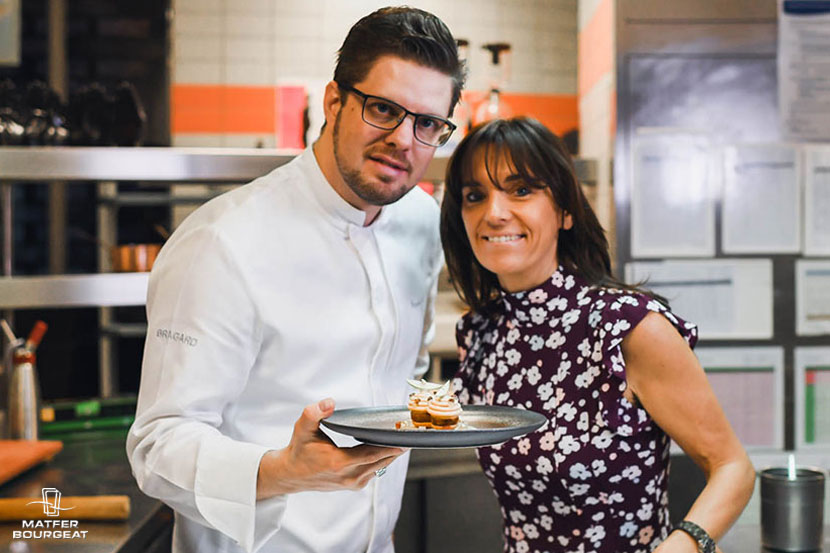
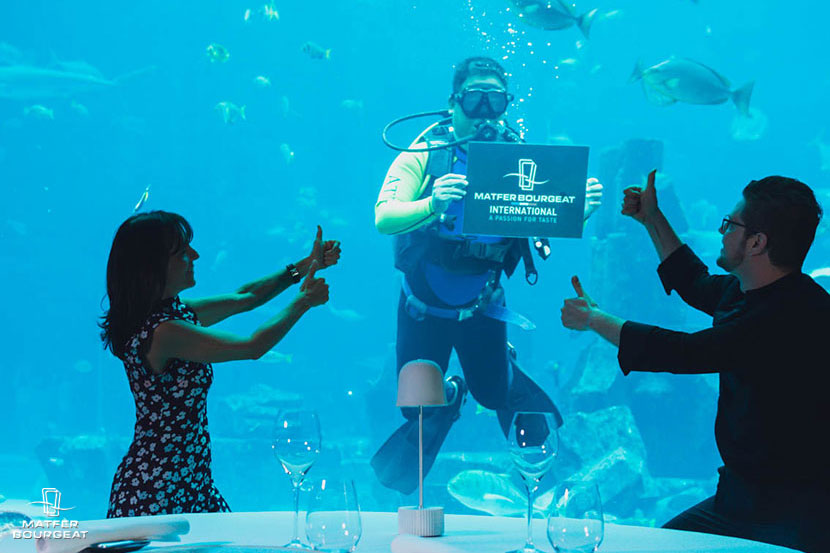
What are your indispensable tools?
